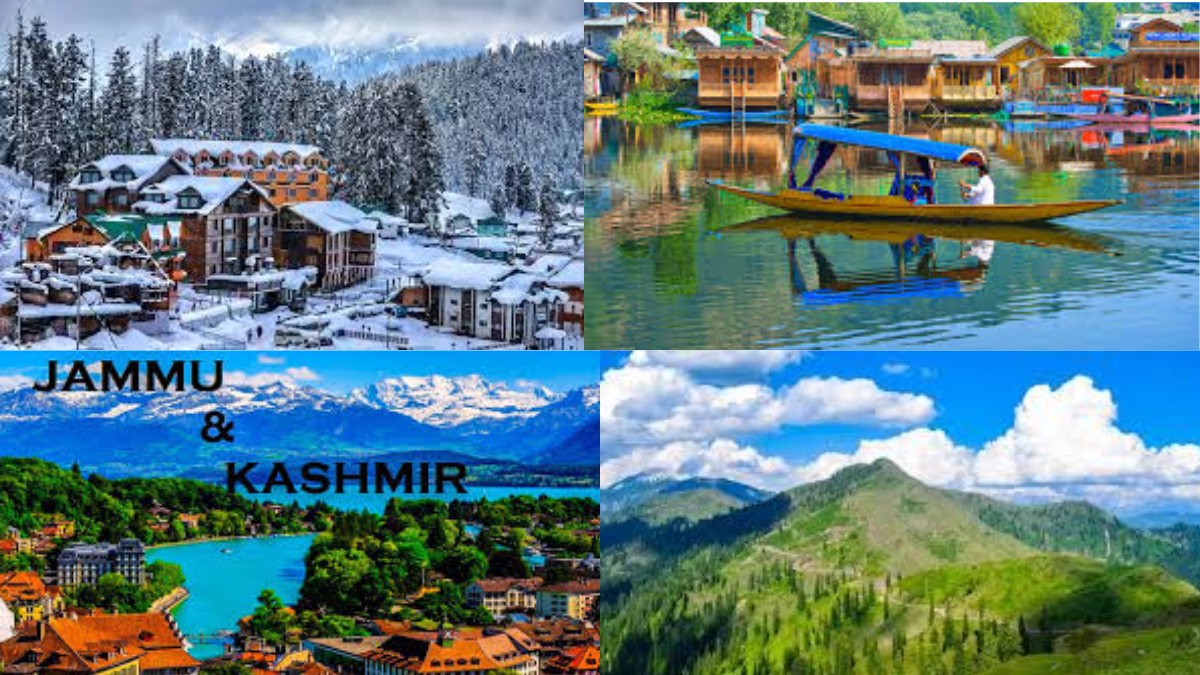Contents
Introduction:
Nestled amidst the majestic Himalayas, the union territory of Jammu and Kashmir captivates visitors with its breathtaking landscapes, rich cultural heritage, and diverse communities. In this blog, we delve into the demographic tapestry of Jammu and Kashmir, unraveling the intricacies of its population dynamics, ethnic diversity, and social fabric.
Population Overview:
Jammu and Kashmir, with its diverse geography ranging from snow-capped mountains to fertile valleys, is home to a vibrant population that reflects the region’s unique blend of cultures, languages, and traditions. According to the latest census data, the population of Jammu and Kashmir is estimated to be around, with residing in urban areas and [insert percentage] in rural areas.
Ethnic Diversity:
The population of Jammu and Kashmir comprises a mosaic of ethnic groups, each contributing to the region’s cultural tapestry. The major ethnic communities include Kashmiris, Dogras, Gujjars, Bakarwals, Paharis, and Ladakhis, each with its distinct customs, languages, and lifestyles. This ethnic diversity enriches the social fabric of Jammu and Kashmir, fostering a spirit of unity amidst diversity.
Religious Composition:
Religion plays a pivotal role in the socio-cultural landscape of Jammu and Kashmir, with Islam and Hinduism being the predominant faiths. The Kashmir Valley is predominantly Muslim, while Jammu is home to a significant Hindu population. Additionally, Sikhism, Buddhism, and Christianity have a presence in certain regions, contributing to the religious pluralism of the union territory.
Urbanization Trends:
Rapid urbanization has transformed the demographic profile of Jammu and Kashmir in recent years, with urban centers such as Srinagar, Jammu, and Leh experiencing significant population growth and infrastructural development. Urban areas serve as hubs of economic activity, education, and healthcare, attracting migrants from rural areas in search of better opportunities.
Challenges and Opportunities:
While Jammu and Kashmir boasts a rich cultural heritage and natural beauty, the region also faces various socio-economic challenges, including unemployment, poverty, and regional disparities. Addressing these challenges requires concerted efforts from policymakers, civil society organizations, and local communities to foster inclusive development and improve the quality of life for all residents.
Conclusion:
As we unravel the population dynamics of Jammu and Kashmir, we gain a deeper appreciation for the region’s rich cultural mosaic, ethnic diversity, and religious pluralism. Despite its challenges, Jammu and Kashmir remains a land of immense potential, where people of different backgrounds coexist harmoniously, contributing to the vibrant tapestry of Indian diversity. As the region continues to evolve, it is imperative to nurture its cultural heritage, promote socio-economic development, and ensure the well-being of its diverse population for generations to come.
